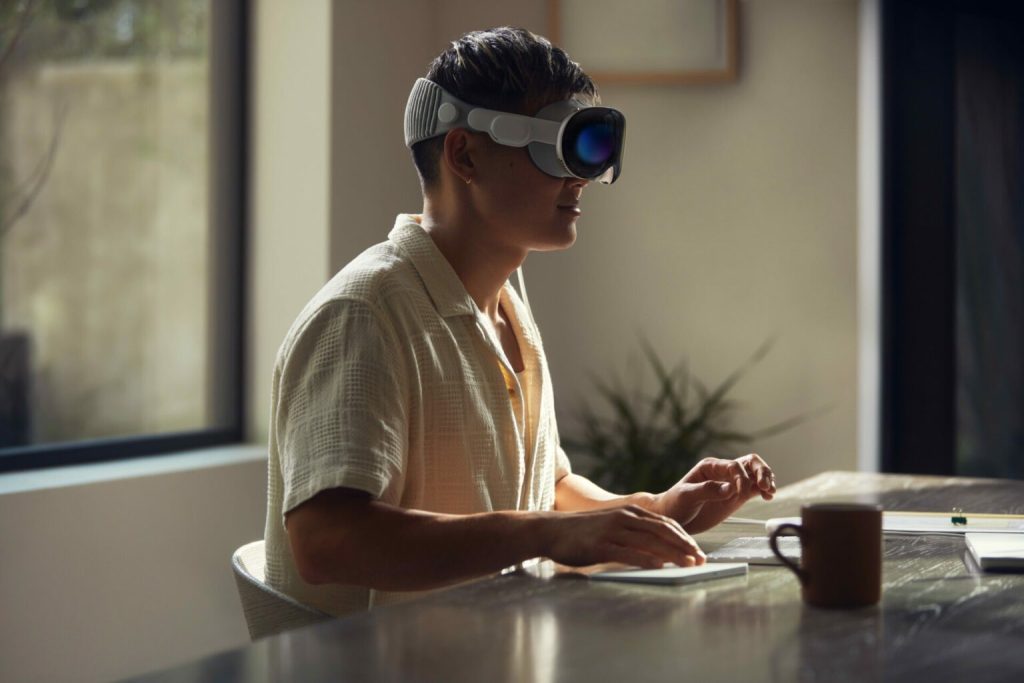
Apple is still trying to figure out the best recipe for an affordable Apple Vision Pro and it has given itself plenty of time to do so – the headset has reportedly been delayed beyond 2027.
Back in 2023, it was believed that a future variation of the Apple Vision Pro would get a brighter display than the original model. Then in June 2024, Apple was reported to be looking to add component suppliers for that new headset.
Now according to The Elec, Apple has two choices regarding the displays. Both options relate to how a color filter can be added to an OLED panel.
One is W-OLED+CF. This dense acronym describes a White OLED board with a Color Filter (to form the red, green and blue colors). This is built onto a glass plate instead of silicon.
But there are two ways to build the color filter. The more traditional option is to build the color filter on a second glass sheet. This is established technology, but since there’s an extra piece of glass involved, it is thicker.
The option that Apple is leaning towards is to build the color filter on the Thin-Film Encapsulation (TFE) of the first glass sheet, removing the requirement for a second sheet.
Samsung is developing panels for Apple Vision Pro
Samsung is using such a technology to build the screens for its foldable phones.Samsung has previously been reported to be aiming to supply Apple with this technology. Specifically, while the current Apple Vision Pro’s OLEDoS (OLED on Silicon) display panels use a form of W-OLED+CF, Samsung has a process to incorporate RGB pixels right into the panel.
There’s an issue, however. Even though Apple is targeting less than half the pixel density of the pricey Vision Pro, 1,500ppi vs. 3,391ppi, that is still well above the typical density of a folding screen. Looking at the current crop of Z-foldables, the most dense display belongs to the Galaxy Z Flip6 at 426ppi. That is a third of what’s needed.
Of course, 1,500ppi is way overkill for a mobile device and 400+ ppi is quite enough (rigid flagships are typically 500ppi or so). But that still means that Samsung Display has to develop higher density panels for the XR headset. The two-glass solution hasn’t been completely ruled out yet.